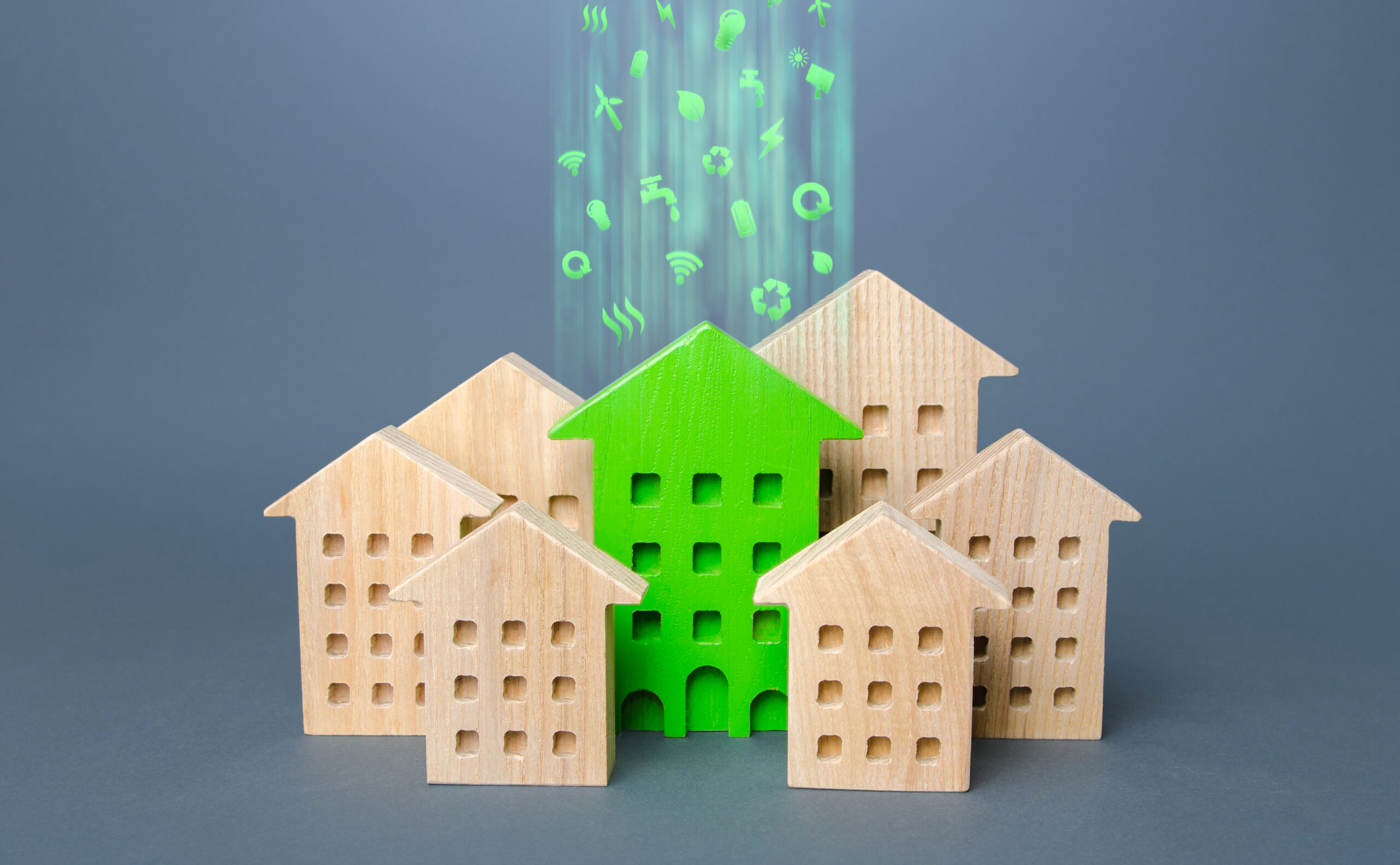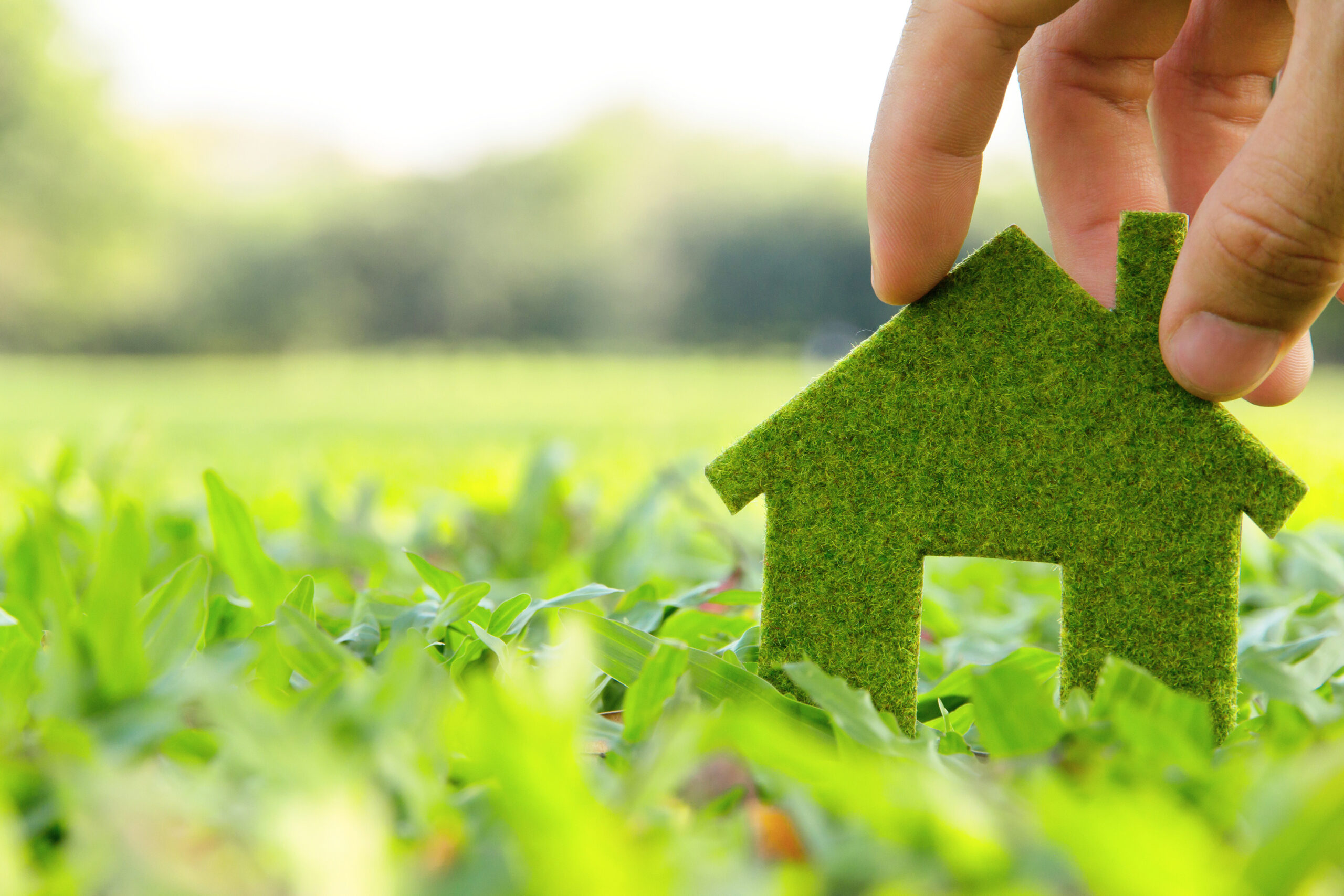Our homes are where we spend the majority of our time, and it is a place that helps boost our well-being. During the process of having a sustainable home built, there are many questions you can ask that will help contribute to a healthier home. For example, what kind of materials should be in your home? How can you improve the air quality of your home? These are all important aspects to consider. Below are some tips that can go a long way in having a healthy home environment:
-
Improve Indoor Air Quality
When you improve the indoor air quality of your home you are reducing dust mites, mold growth, allergens and other contaminants that can be inhaled and that can have a direct impact on long-term health. This is especially crucial for those suffering from respiratory illnesses, asthma or allergies. To create a healthy home, you can do the following:
Use a dehumidifier
A humidifier will dramatically improve your humidity levels by 30-50%! Dehumidifiers are an excellent and stress-relieving way to jumpstart the body to create a healthy environment and help with the reduction of excess moisture and condensation build-up.
Ensure proper ventilation
Another way to improve poor air quality is by properly ventilating the home. Good ventilation promotes clean indoor air and will prevent mold, allergens and indoor air pollution from accumulating. You will have fresh air circulating throughout your home with a high-quality ventilation system such as an ERV (energy recovery ventilator). This technology limits the amount of moisture coming into your home and helps with excess humidity levels.
-
Choose Natural Building Materials
Most natural materials don’t contain any hazardous chemicals, have good aesthetic qualities, and also have an association with nature that can help promote better well-being. There are so many possibilities when it comes to natural building materials and their benefits for your home that will help create a healthy lifestyle. Below are some examples:
Design with stone and wood
Used for the longest period of our history, Wood and its products always held a strong place for eco-friendly home builders. Stone was used for centuries and still has a place in our homes. It has everything from being cost-efficient and aesthetically pleasing.
Get structural insulated panels installed
SIPs (structural insulated panels) are great insulators as they help homes achieve more energy efficiency, are extremely strong, and are also one of the most airtight and well-insulated building materials. They are commonly made of OSB panels that are sandwiched around a foam core made of polystyrene, which is chemically organic.
Avoid toxic paints
Lead paint has harmful chemicals in it that can be detrimental to your health and your environment. Using non-toxic paints has less of an impact on the environment, has low VOC (volatile organic compounds), and is much kinder for those who have allergies or any chemical sensitivities.
-
Get a Water Filtration System
Having a water filtration system installed in your home is a great way to keep your home healthy and toxin-free. These modern water supply systems will test and treat the water, and ensure it is safe for drinking, cooking, and cleaning. The best filtration systems will reduce levels of contaminants in the water, are better for the environment, and will reduce limescale and other mineral deposits. Some systems even use advanced filtration to remove heavy metals such as mercury, lead, and copper.


